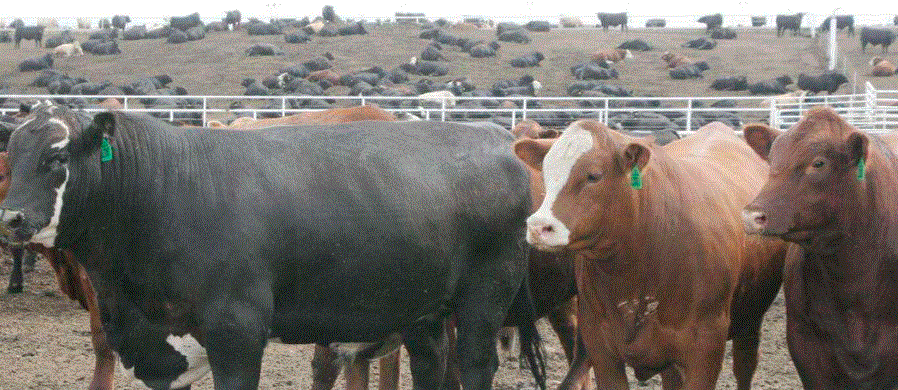Derrell S. Peel, OSU Extension Livestock Marketing Specialist
Live cattle trade between the U.S., Mexico and Canada has changed significantly in recent years. For the first ten months of the year, total U.S. cattle imports from Mexico are down 23.4 percent year over year, following a decrease of 32.4 percent in October compared to last year. Cattle imports from Canada are down 9.0 percent for the year-to-date compared to last year but were up 9.2 percent year over year in the month of October. Total cattle imports are down 18.7 percent year over year through October with the one-month total down 18.5 percent.
Exports of U.S. cattle to Mexico and Canada have increased in the last four years. Cattle exports to Canada, in particular, have expanded significantly, with exports up 70.7 percent year over year for the January to October period. Thus far in 2021, cattle exports to Canada are 69.4 percent of cattle imports resulting in net cattle imports from Canada down 55.8 percent year over year. Cattle exports to Mexico remain small relative to the level of cattle imports from Mexico but have also increased in recent years. Cattle exports to Mexico for the year-to-date are up 215.2 percent and are 7.5 percent of cattle imports from Mexico. In total, cattle exports so far in 2021 are up 81.2 percent year over year, equal to 31.3 percent of imports, and contributing to a 35.0 percent decrease in net cattle imports for the first ten months of the year.
Cattle imports from Canada include a mix of cattle for immediate slaughter as well as feeder cattle. For the year-to-date, total slaughter cattle imports from Canada are down 10.2 percent. Slaughter cattle imports consist of fed cattle (steers and heifers) that are 43.1 percent of total cattle imports plus slaughter cows and bulls that represent 33.9 percent of total imports. Imports of feeder cattle from Canada represent 21.6 percent of total cattle imports and are down 3.7 percent thus far in 2021compared to last year.
Decreased net cattle imports are adding to declining cattle inventories in the U.S. and generally tighter cattle numbers at the end of the year. Numerous factors, both short term and long term, are affecting the development of live cattle trade in North America. Structural development in cattle feeding and packing in Canada and Mexico, along with drought conditions, feed supplies and prices and exchange rates all contribute to currently observed live cattle trade. Some of the current trends may not persist or may change but the overall live cattle market between the U.S., Mexico and Canada will continue to evolve.














